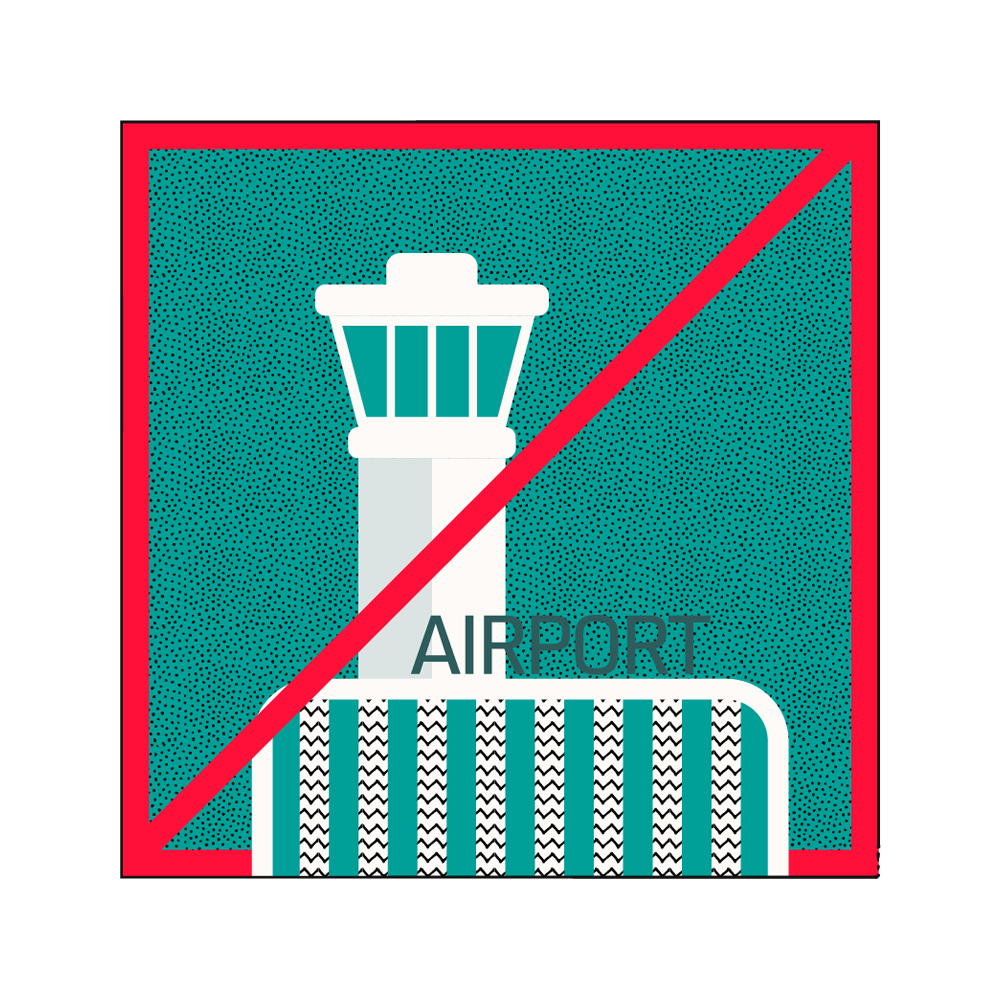
Reducing Emissions from Aviation = Reducing Aviation
Aviation is the mode of transport with the biggest climate impact by far. Yet, air travel is growing faster than any other sector. In response to the growing critique, the aviation industry has announced its intention to become greener in the future. But numerous reasons make it impossible for aviation, to really grow in a carbon-neutral way. Degrowth is the only option, a concept that is embedded in a needed social-ecological transformation of society and economy.









